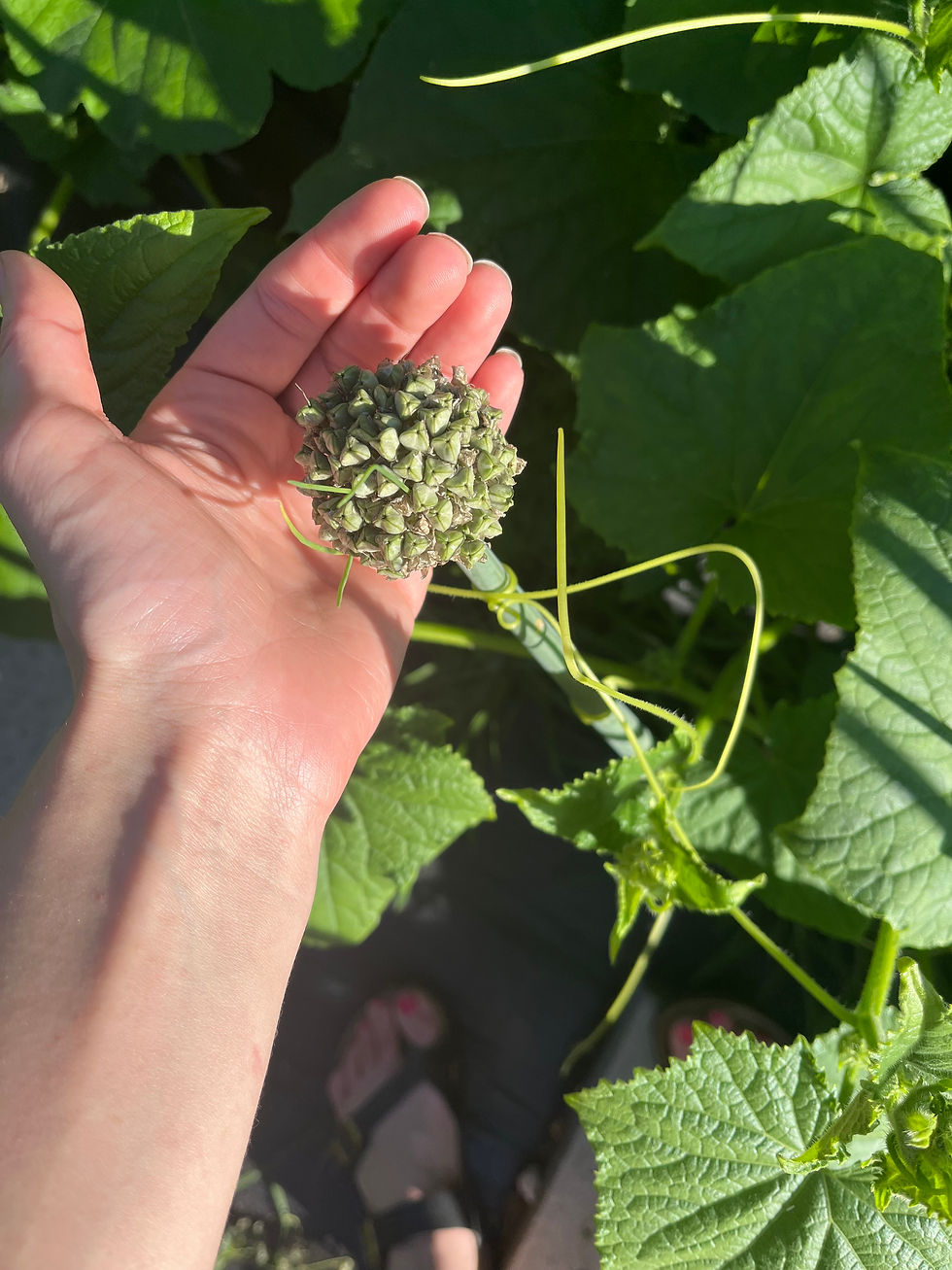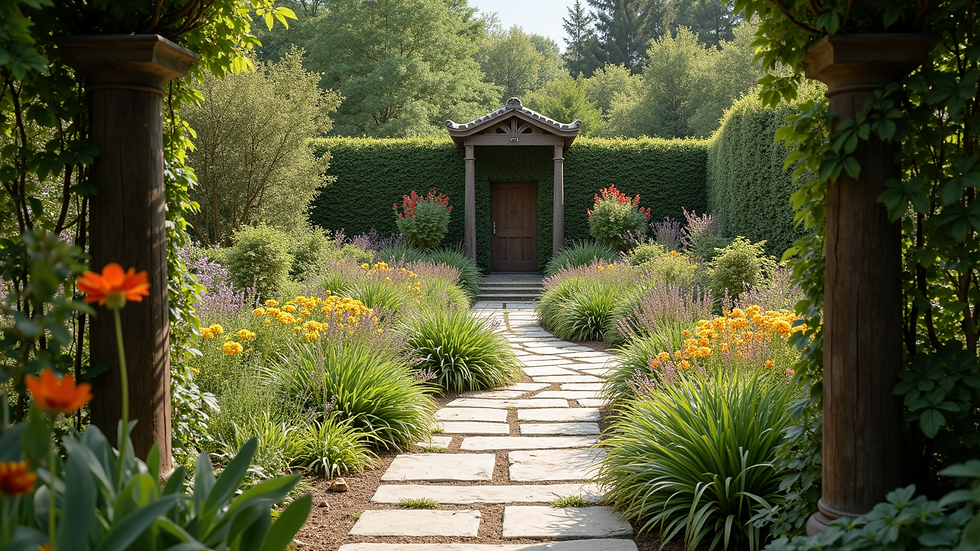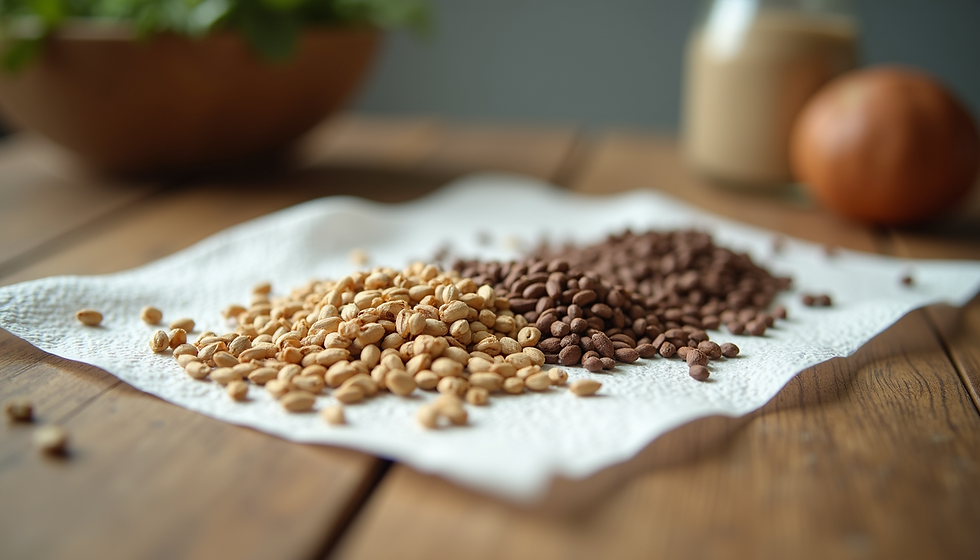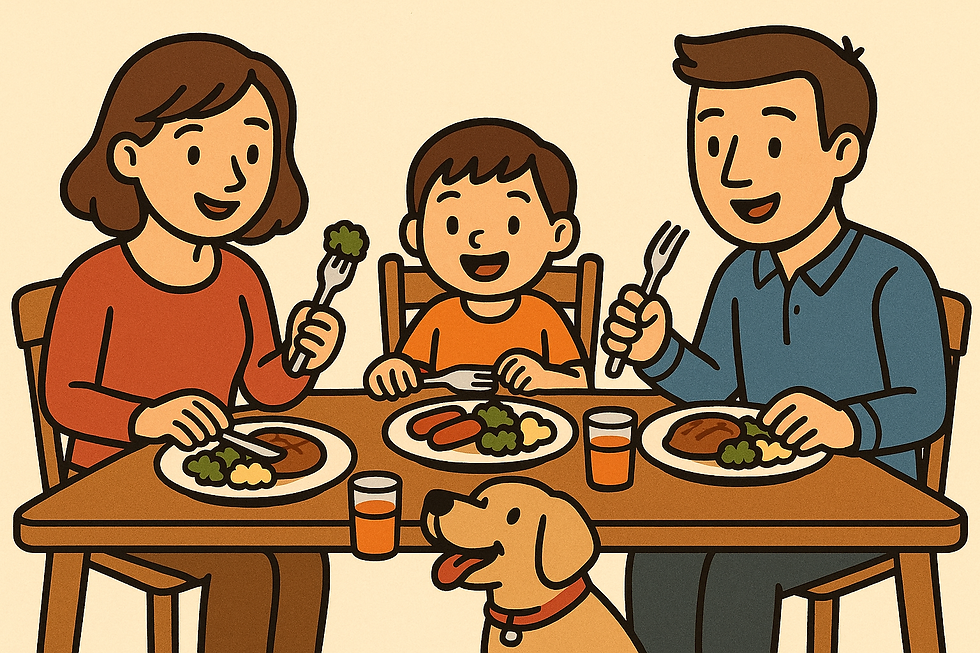How I Mastered the Art of Saving Seeds: A Gardener's Guide to Seed Binders and Beyond
- Chelsea Stolte

- Jun 22
- 3 min read
Gardening is a rewarding hobby that has always captured my heart, and one practice that stands out is seed saving. Not only does this practice help preserve the unique traits of the plants I love, but it also saves money and deepens my connection to nature. If you're eager to explore the art of saving seeds, this guide will walk you through the essentials!
Why Seed Saving is Essential
Seed saving is more than a tradition; it is a vital method for safeguarding plant biodiversity. By maintaining heirloom varieties, we can cultivate plants that adapt well to our local climates, ensuring a vibrant garden every year. For example, studies show that preserving just one heirloom plant variety can contribute to keeping 1.7% of the world's agricultural biodiversity intact.
Additionally, saving seeds instills a greater appreciation for the plants that nourish us. Each seed tells a story of resilience, tradition, and our relationship with the soil.
The Right Moment to Save Seeds

Timing is key in seed saving! The best moment to harvest seeds varies by plant species. You want to collect seeds when they reach peak ripeness, which often means waiting until fruits or flowers have dried and matured.
For example, tomato seeds are ready when the fruit becomes squishy and the skin starts to wrinkle, while cucumber seeds should only be harvested after the cucumbers turn yellow and shrivel slightly. Waiting too long or too short can mean the difference between viable seeds and a failed harvest.
Steps for Seed Collection
Let’s break down how to collect seeds effectively:
Select Healthy Plants: Choose the healthiest plants in your garden to ensure you’re getting quality seeds. For instance, I always pick tomatoes that are larger and have a vibrant color.
Harvest with Care: Use sharp tools to collect seeds. This could involve cutting fruits or gently shaking seed pods to gather loose seeds.
Clean the Seeds: Nature can be messy! Rinse seeds under cool water to remove any debris while ensuring you don’t soak them too long.
Drying Seeds: Spread seeds in a single layer on a clean surface. Allow them to dry for several days, stirring occasionally to prevent mold, which can destroy seeds.
Best Practices for Storing Seeds
After collecting your seeds, proper storage is vital:
Pick Suitable Containers: I prefer using paper envelopes or glass jars. Ensure your containers are clean and dry to avoid moisture damage.
This year I have adopted my own seed saving book! If you want to get fancy I have a few links to make your own or buy one I have already made.
Label Thoroughly: I jot down the plant name, collection date, and any special notes in my seed book. Staying organized is key for successful gardening!
Cool, Dark Environment: Store seeds in a cool and dark place. My basement or an opaque drawer works well. Some gardeners even keep seeds in the fridge to maintain their viability longer, especially for varieties that are difficult to grow.
Check if your seeds need cold stratification - some examples are:
Artichokes
Asparagus
Strawberries
Lavender
Lemon Balm
Coneflowers
Poppies
Columbine
Salvia
Anise
The Pleasure of a Seed Binder
One of my favorite tools is a seed binder. It's a practical and attractive way to organize seeds for easy access during planting season.
Creating a seed binder can be an enjoyable project. I add labeled envelopes, drawings, and notes about each plant’s growth patterns. This not only keeps my seeds organized but also serves as a gardening diary filled with memories.

Cherishing the Seed Memories
Every time I plant saved seeds, it feels like I'm revisiting past gardening adventures. There’s something truly special about growing plants that have adapted to my particular environment.
Exchanging seeds with fellow gardeners is another rewarding aspect of seed saving. Not only does it support biodiversity, but it also encourages conversations and connections. In fact, sharing seeds can lead to a 20% increase in community engagement among local garden groups.
Embracing New Techniques
Don't shy away from trying new plants and methods. Gardening thrives on experimentation. For instance, during my seed saving journey, I've discovered hybrids that turned out to be surprisingly robust and flavorful. By allowing natural cross-pollination, you might find a plant that surpasses your expectations in taste or growth.
The Joy of Saving Seeds
Saving seeds is a fulfilling practice that connects you to nature and enhances your gardening skills. With some planning and an organized seed binder, you can enjoy nurturing your favorite plants year after year.
So why not dive into the world of seed saving? I'm excited to see what treasures you’ll uncover in your garden!

~DIY With Chelsea







Comentários